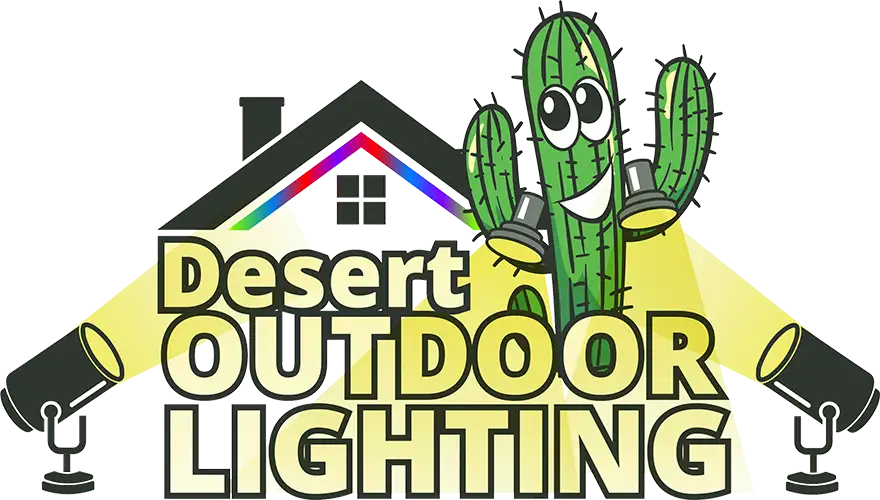Outdoor LED lighting can transform any home’s exterior, enhancing its appearance and improving safety and functionality. However, when it comes to installing these lights, many homeowners face a common dilemma: Should they handle the installation themselves, or hire a professional? Both options have their benefits and challenges, and the right choice depends on your specific needs, skills, and goals.
DIY Outdoor LED Lighting Installation
For those who enjoy hands-on projects and are comfortable working with electrical systems, a DIY outdoor LED lighting installation can be a rewarding experience. The primary appeal of a DIY approach is the potential for cost savings. By purchasing the necessary materials and handling the installation yourself, you can avoid labor fees and have greater control over your budget.
DIY installation also offers flexibility in terms of design and timing. You can work at your own pace, adjusting the project as needed and choosing exactly where and how the lights are installed. This is ideal for those who have a clear vision of what they want and feel confident executing that vision.
However, there are some important considerations before embarking on a DIY project. Installing outdoor lighting requires a good understanding of electrical work to ensure safety and proper functionality. Mistakes, such as faulty wiring or incorrect placement, can lead to hazards like electrical shorts, damage to the lights, or even fire risks. Additionally, depending on the scale of the project, DIY installations can be time-consuming, especially for those who are unfamiliar with the process.
If you decide to go the DIY route, be sure to research thoroughly, gather the right tools, and consider starting with smaller, simpler projects if you’re new to electrical work.
Professional Outdoor LED Lighting Installation
On the other hand, hiring a professional to install your outdoor LED lights can offer several advantages. First and foremost, a professional installer brings expertise to the table, ensuring that the job is done correctly, safely, and efficiently. This is especially important for larger, more complex projects or for homeowners who want to install sophisticated lighting systems that require advanced knowledge.
A professional installer can also provide guidance on lighting design. They can assess your outdoor space and recommend the best types of lights, placement, and configurations to achieve your desired look and function. Additionally, professionals have access to higher-quality materials and can ensure that your lighting system is installed to withstand the elements and last for years.
One of the main drawbacks of professional installation is the cost. Hiring a skilled installer can be significantly more expensive than handling the project yourself, especially for larger projects. However, the investment may be worth it in the long run, as a properly installed lighting system can reduce the need for future repairs or adjustments.
Another potential downside is that professional installations can take longer to schedule and complete, depending on the availability of the installer and the scope of the project. If you have a tight deadline or specific timing in mind, be sure to communicate that upfront when hiring a professional.
Making the Right Choice
When deciding between DIY and professional installation, consider the scope of your project, your level of expertise, and your budget. If you have a smaller, straightforward project and feel confident in your abilities, DIY might be the best option. However, if your project is more complex, requires electrical work, or involves advanced lighting systems, hiring a professional is likely the safer and more efficient choice.
Ultimately, the decision comes down to your personal preferences and priorities. DIY installations can offer a sense of accomplishment and control over the process, while professional installations ensure expertise, quality, and peace of mind. Weigh the pros and cons carefully to determine the best approach for your outdoor LED lighting needs.


